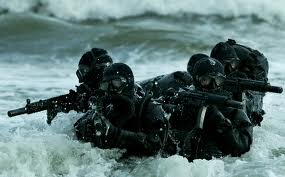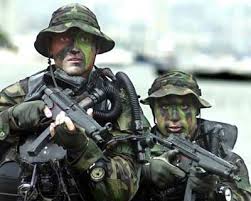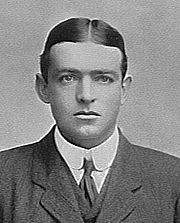The foundation of leadership is the ability to:
1. Connect
2. Build trust
3. and cooperation
These are also the results of good leadership.
This is the “heart” of the I Heart Group, and it includes those outside your comfort zone.
The ability to make decisions comes not from weighing the pro’s and con’s of decisions but rather identifying who you are and making decisions consistent with that identity (your best self).
For example, when you ask yourself “who am I?” if the answer is trustworthy and Loyal.
Then if someone drops a bag of money on the street, do you keep it?
So ask yourself, who am I? What do I stand for?
I heart RC Hobby:
We are testers/reviewers, developers and innovators of Drones (RC stuff). It includes using 3D printing for innovation, all aspects of Telemetry, programming, Brushless motors, LED lights, high potential batteries, and waterproofing electronics.
Related TED talks.
This doesn’t have anything to do with Leadership but it is applicable to IheartRChobby.com


